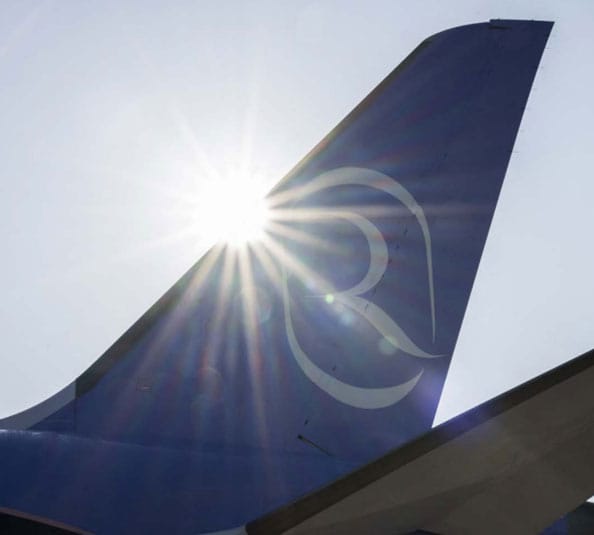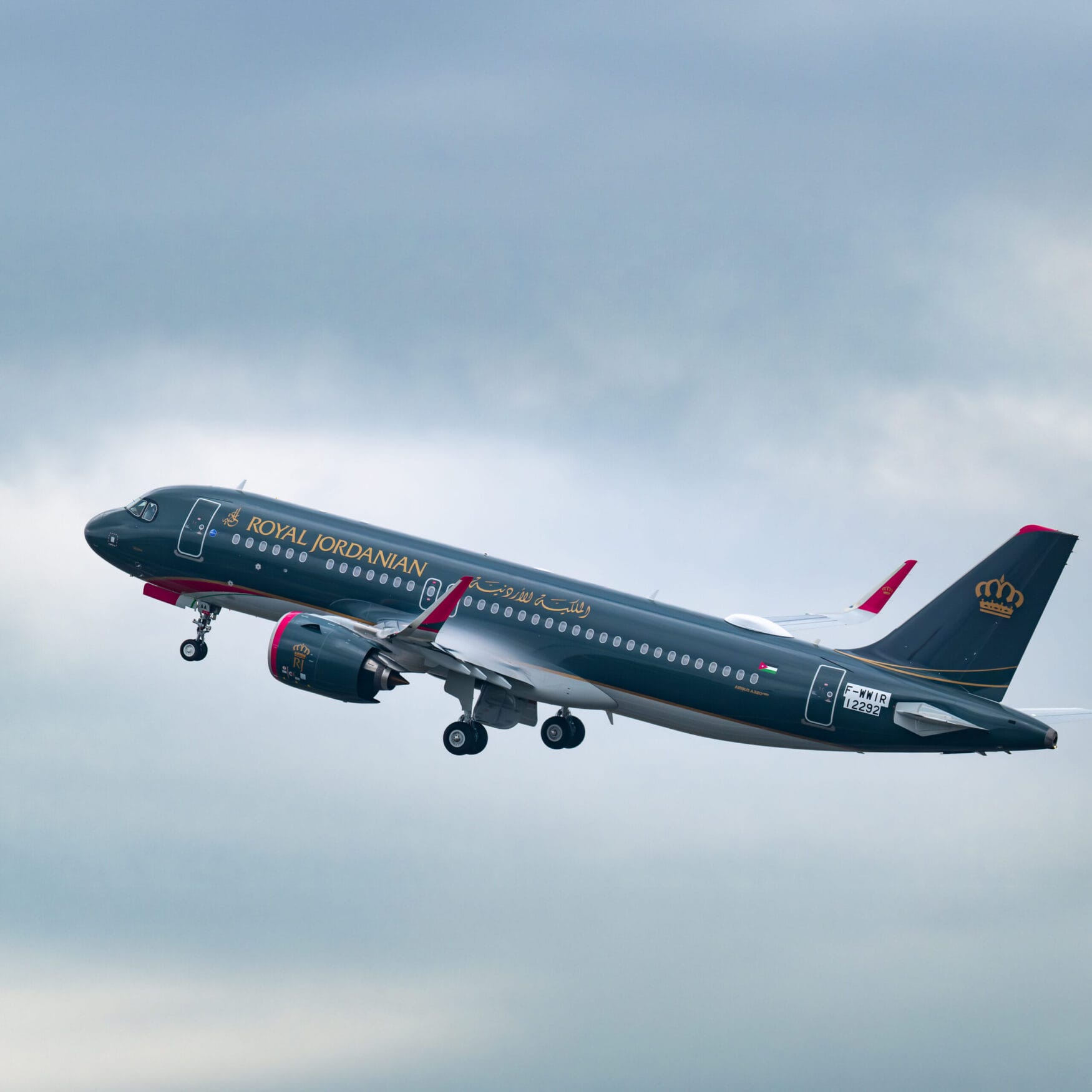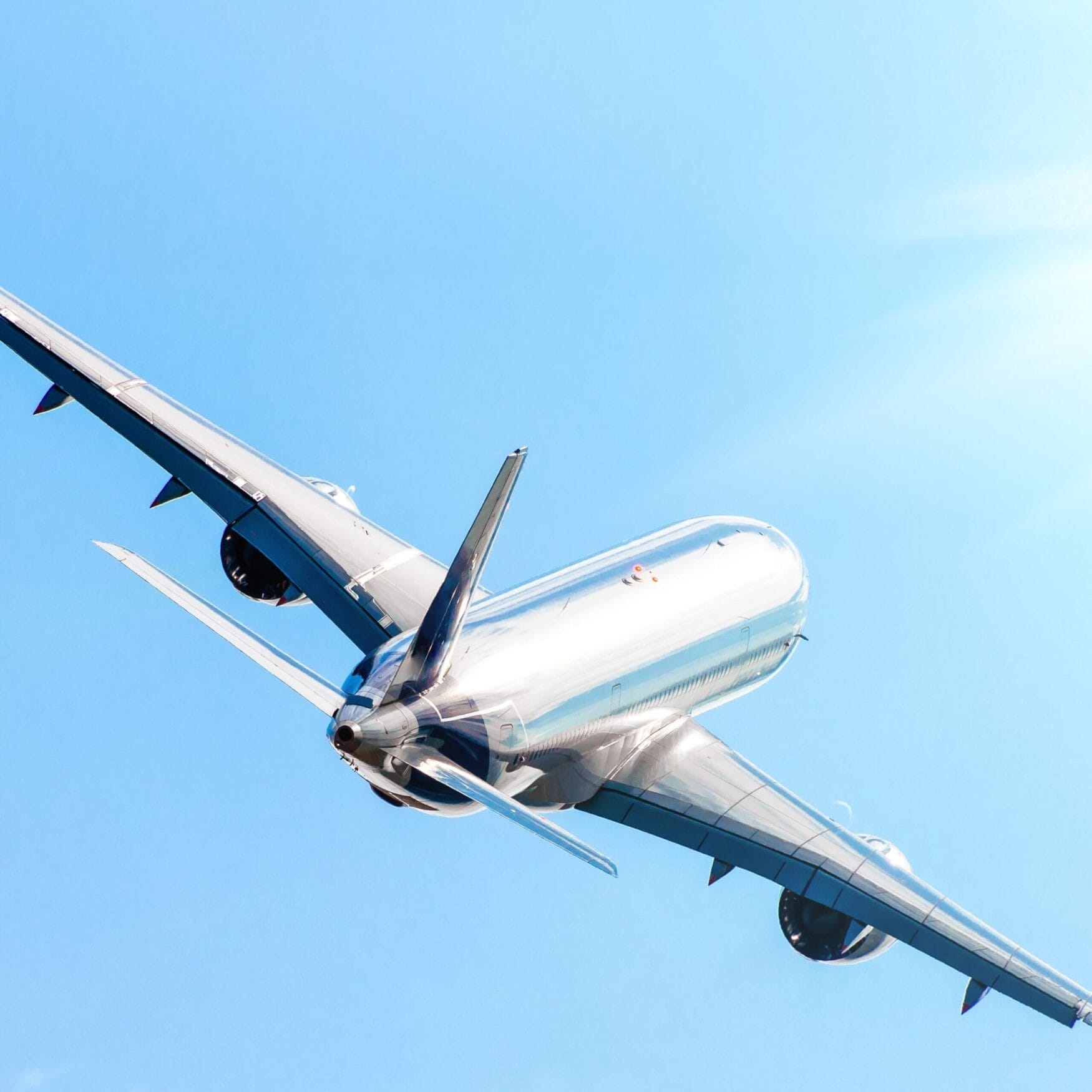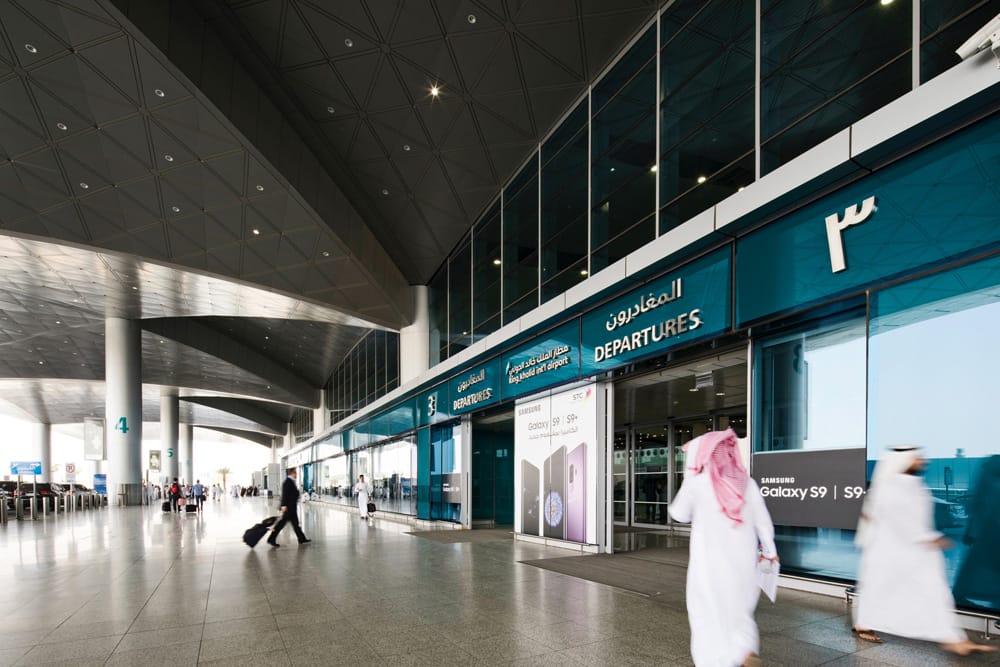- Air finance
- Airline
- Expert view
- Industry trends
Editorial highlights: The Middle Eastern
aircraft financing opportunity
Middle Eastern aircraft financing presents strong growth potential, driven by high demand, large order backlogs, and evolving leasing activity.

Oliver Clark
Premium Content Editor, EMEA
Saudi Arabia’s ambitions to transform its economy and society under its Saudi Vision 2030 plan is the latest example of Gulf states’ efforts to gain greater influence on the global stage.
The kingdom’s desire to modernise at pace has filtered through to its aviation sector. New airlines and airports and an aircraft lessor have either been established or are in the process of being established with the support of Saudi Arabia’s Public Investment Fund (PIF).
Start-up Riyadh Air is preparing to launch operations later this year with the aim of connecting the kingdom to over 100 destinations around the world by 2030. Cirium fleets data shows the airline has 60 Airbus A320neos, 25 A350-1000s and 39 Boeing 787-9s on order.
Meanwhile, a consortium led by Air Arabia plans to launch a new Saudi Arabian low-cost carrier which will operate a fleet of 45 aircraft from Dammam by 2030.
Incumbent flag carrier Saudia Group has lofty ambitions of its own. It ordered 105 A320neo family jets for itself and budget subsidiary Flyadeal in May 2024 , and followed that up in April 2025 with an order for 10 A330-900s plus 10 options, which will provide the first widebodies for Flyadeal.
Saudia lessor AviLease was established in 2022 with PIF backing. Led by experienced chief executive Edward O’Byrne, the platform succeeded in buying the aircraft leasing platform of Standard Chartered a year later, catapulting it into the big league.
During last month’s Paris air show, AviLease ordered 10 A350 freighters and 30 A320neo-family jets, taking options to expand this to 22 A350Fs and 55 A320neos.
The drive for expansion across the region is reflected in the Middle East’s annual compound growth rate, according to data presented during a 21 July webinar by Rob Morris, global head of Cirium Ascend Consultancy.
Cirium data shows that capacity has been expanded at 5.7% per annum since 2010, versus a global growth average of 4%. The projection on the schedule is that Middle Eastern airlines will continue to grow above the long-term trend.
Big Backlog
Recent orders from Saudi operators have placed the kingdom alongside Qatar and the UAE as the three states with the largest number of aircraft in operation or on order in the region.
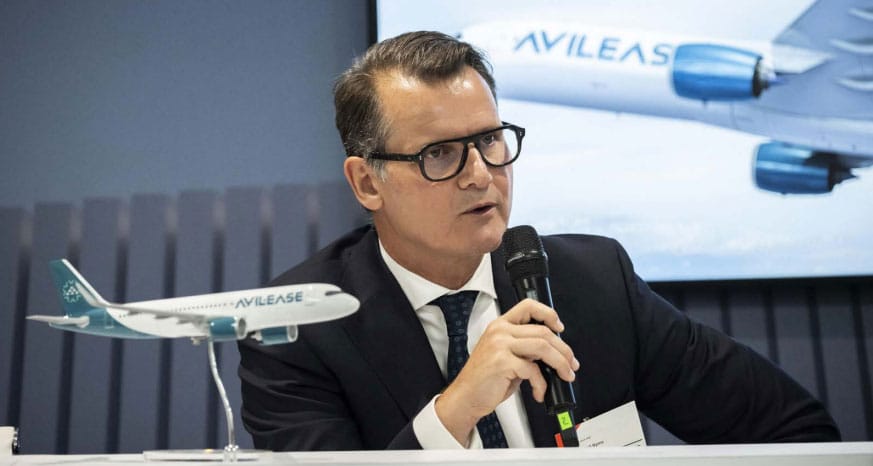
Morris points out that the order backlogs in these three markets is greater than 100% of their current in-operation fleets.
“So, clearly, these markets still have a significant growth dynamic planned, because they will need that growth if they are going to absorb the fleets of aircraft that are on order over the next 10 or so years,” he adds.
The Middle Eastern backlog currently stands at around 1,650 aircraft, which, based on 2025 delivery values, totals some $200 billion, Morris notes.
The twin-aisle backlog is dominated by Boeing aircraft, representing 699 out of a total of 865. In the single-aisle space, it is Airbus that is pre-eminent, accounting for 617 out of a total of 778.
Morris notes that, like other regions, the Middle East has a “significant tail” of deliveries stretching out into 2035 and beyond, as a result of limited delivery slot availability at the OEMs. Orders placed in Paris recently are set to deliver “well beyond” 2030, he adds.
Aircraft delivering in several years’ time will be subject to contract price escalation, Morris observes. This is calculated by the consultancy to be running at 2.5% per annum, which means aircraft delivering in 10 years’ time could be as much as 30-35% more expensive than the values calculated today.
“So a significant amount of capital is going to be required to finance these aircraft, to lease these aircraft; opportunities, therefore, to provide that finance in the region to airlines in the region,” says Morris.
Leasing Log
Globally, more than 50% of the overall fleet is managed by and financed by operating lessors, Morris observes.
But in the Middle Eastern region itself, leasing is perhaps slightly lagging the global average. Digging into the numbers, Morris demonstrates that fewer single-aisle jets are leased in the region than the global average, though a larger share of twin-aisle aircraft are leased there than globally.
“Now, when one thinks about leasing of twin-aisle airplanes, there are some significant challenges around reconfiguration cost and around remarketing and liquidity when an aircraft returns off lease,” he says.
Morris ascribes the trend to confidence in the credit risk of Middle Eastern operators, which has been boosted by the turnaround in profitability of the key players.
Drawing on IATA data, he demonstrates that airlines in the region have moved from net losses in 2021 to pivot to profits. The airline association is projecting that Middle East-based carriers are set to contribute $6.2 billion of a forecast $36 billion in global airline net profits this year.
This would represent 12% of total airline profits, from 6% of the global fleet.
Morris notes that two of the world’s 25 largest operating lessors are domiciled in the region: Dubai-based DAE Capital, which has a $15 billion portfolio, and AviLease, which has grown “very strongly recently” and today boasts a $6 billion portfolio.
The aircraft AviLease ordered at the Paris air show should command high lease rates in a slot-constrained environment, in Morris’s view.
He cites this as evidence that the region is “recognising that operating leasing is an extremely efficient form of aircraft financing. It’s an extremely effective way of managing portfolios, and potentially, therefore, expect to see more growth in this perspective, in this region.”
Headwinds
The narrative in the Middle East has generally been one of growth, but of course, this has been restrained by negative impacts from conflicts in the region, which have led to flight cancellations, airport closures and fears over escalation.
Using Cirium’s seven-day rolling flight tracking figures, Morris shows that recent geopolitical events appear to have had some impact on global flights tracked. with year-on-year change now around 2%, well below the annual average of 3.9%.
Third-quarter global traffic data is currently pointing to around 5.1% growth year on year, below expectations of 5.5% based on data filed eight weeks ago, suggesting some “marginal softening”. Fourth-quarter traffic growth is projected at 5.8%, matching IATA’s own prediction of 5.8%.
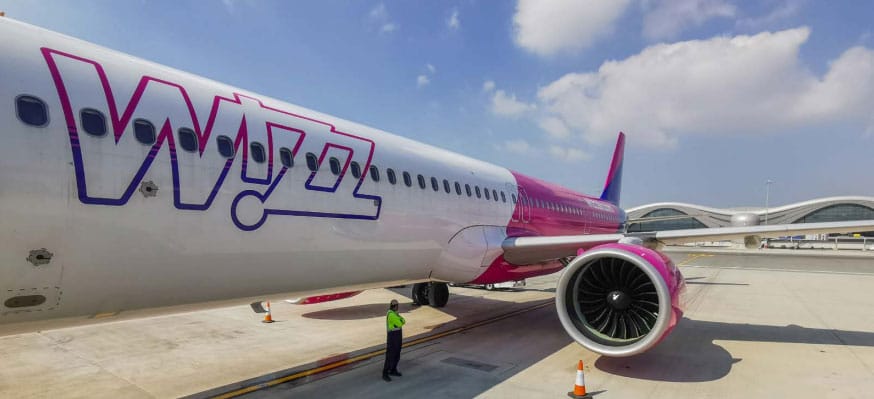
Earlier this month, Wizz Air disclosed that its Abu Dhabi subsidiary would cease operations by 1 September as the group draws back to focus on its core markets in eastern and central Europe.
The move, which Wizz labels a “strategic realignment”, follows a “comprehensive reassessment of market dynamics”, said the airline, citing also “operational challenges, and geopolitical developments in the Middle East”.
Morris says this is indicative of the “operational challenges” that can face low-cost carriers in the region. While there are origin-and-destination markets such as in Kuwait, the region is dominated by hubs, which create the “scheduling complexity” that is “anathema” to LCCs.
But specifically in the case of Wizz, Morris acknowledges that issues with the carrier’s Pratt & Whitney GTF engines in hot-and-harsh environments played a role. “Consequently, the utilisation requirement is being very hard to achieve,” he notes.
The airline’s reference to geopolitics, he believes, was about the impact on demand and potentially yield in the most recent months, given events in the region.
Contact us to find out more about Cirium’s editorial offering.
























































